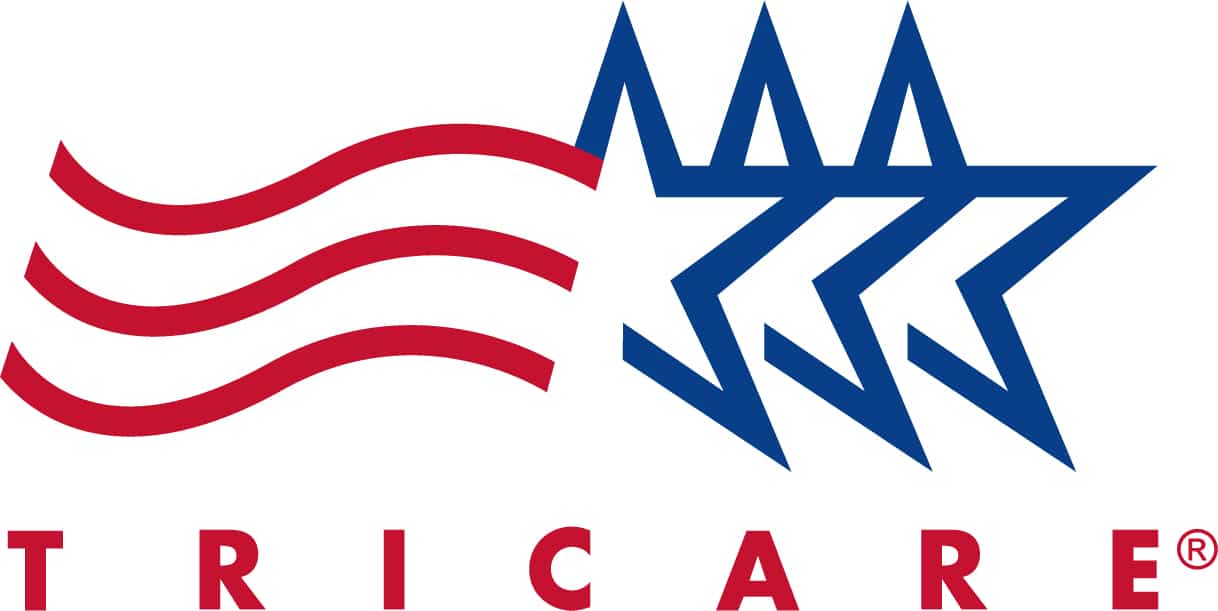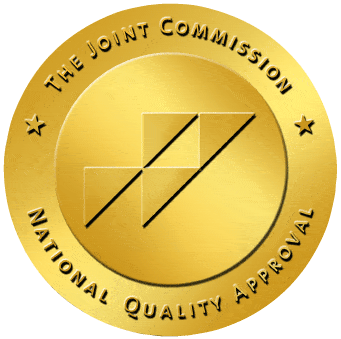Is Xanax Overdose Possible?

Is Xanax Overdose Possible?
Table of Contents
A significant amount of attention is given to the effects of the opioid epidemic and the loss of life that results from an opioid overdose. What many people do not realize, though, is that benzodiazepines like Xanax are equally as dangerous when misused or abused. Xanax is one of the most widely prescribed medications on the market. While highly beneficial when used as directed, Xanax is also highly addictive and there are many symptoms of Xanax withdrawal. It is used all too often by those without a prescription or in a way that can quickly lead to Xanax overdose or addiction.
What is Xanax?
Xanax’s Drug Class
Xanax is classified as a benzodiazepine drug. It shares the same drug classification as other well-known and commonly prescribed drugs, including Valium, Ativan, Klonopin, and several others.
Benzodiazepines are depressant drugs, meaning they work on the brain and body to produce calming effects. They help to relieve anxiety symptoms and pain from muscle spasms.1 When used as directed by your medical provider, Xanax and other benzodiazepine drugs are highly beneficial and safe for short-term use.
Xanax Street Names
Xanax may be referred to by several other names such as benzos, Xannies, Bars, Blue, Xanax Bars, Blue Footballs, Ladders, Sticks, or downers.2 The term “benzos” is widely used street slang often applied to not only Xanax but other drugs within the same drug class.
Although these drugs are available from your medical provider, it does not necessarily mean using them comes without risk. Benzodiazepines are highly addictive, and the potential for abuse, overdose, and death is high.
Is Xanax Addictive?
Why Do People Abuse Xanax?
Xanax helps you feel more relaxed. The drug works within the brain and central nervous system to increase the production of gamma-aminobutyric acid (GABA). GABA is a chemical produced by the brain responsible for slowing nerve cell activity in the brain and other body areas. GABA helps you feel relaxed and at ease. Unfortunately, tolerance to the effects of Xanax often builds quickly, leading to abuse.
How Xanax Addiction Develops
Xanax abuse often happens when you no longer feel the same effects you once did at lower doses. Eventually, more and more pills at more frequent doses are required to achieve the same impact or desired high. Once you develop a tolerance for the effects of Xanax and experiences symptoms of withdrawal when reducing or stopping Xanax, an addiction has developed.
How to Spot a Xanax Overdose
Overdosing on Xanax or combining Xanax with other drugs (for example, taking Xanax and alcohol) with the same physical effects on the body can be dangerous or even fatal. Xanax helps to provide a sense of calm; however, it also produces various physical effects. These can include lethargy, difficulties breathing, irregular heartbeat, low blood pressure, nausea, and vomiting. When taken in excess, the Xanax side effects are enhanced, sometimes to the point of danger for the user. Understanding the signs of potential Xanax overdose can help ensure you or your loved one gets emergency medical assistance.
Why Does Xanax Overdose Occur?
Xanax overdose can occur when someone takes Xanax in a way other than prescribed. Xanax misuse could mean taking more than the prescribed dosage or changing the form of the drug by crushing or chewing.
Xanax is meant to be a time-release drug, meaning it slowly releases the medication into your system for hours. When chewed or swallowed, you receive the entire Xanax dosage at once, increasing your risk of overdose. Common symptoms of Xanax overdose may include slowed heart rate, extreme tiredness, fainting, confusion, lack of coordination, muscle weakness, and coma. The intensity and severity of these symptoms will depend on how much Xanax you take and whether you mixed it with other drugs or alcohol.
If you or a loved one overdose on Xanax, various medical interventions can help slow or reverse the effects of the drug. Medications such as flumazenil work as an antidote in emergency treatment settings. Other procedures, including pumping the stomach and giving IV fluids, are common in the event of Xanax overdose.
Xanax Withdrawal
Because Xanax is prescribed by a medical provider, many people do not understand the risks and dangers associated with the drug. While the substance is indeed safe and effective for short-term use, it is highly addictive when used for extended periods or misused in dangerous ways. The process of detox and Xanax withdrawal can lead to potential medical emergencies, and it is highly recommended that someone seeking to overcome Xanax addiction do so in a safe, supervised environment such as Arrow Passage Recovery. Stopping Xanax use all at once can lead to sudden reactions, some of which may be life-threatening.4
Xanax withdrawal symptoms generally begin within twenty-four hours of your last dose. For most people, these symptoms will last from several days to several weeks, depending on the duration and severity of their addiction. Acute Xanax withdrawal symptoms are those symptoms that happen immediately after you stop taking Xanax.
Common Xanax withdrawal symptoms include:
Anxiety
Difficulty sleeping
Muscle spasms
Gastric disturbances
Hallucinations
Seizures
Cognitive difficulties
Suicidal thoughts and self-harm may also occur as part of the early withdrawal stages. In many instances, Xanax withdrawal symptoms can be overwhelming and are best managed in a medically supervised detox setting.
Treatment to Prevent Overdoses
Although it may seem strange to seek addiction treatment before experiencing the symptoms of addiction, considering preemptive treatment can help you better understand your relationship with drugs or alcohol. If you or your loved one experience “potential” signs of addiction, seeking treatment at Arrow Passage Recovery can help you continue down the path to health and sobriety before potentially dangerous situations such as addiction or overdose occur.
Xanax Addiction Treatment
Treatment for Xanax addiction must be unique and designed around the needs of the person. Often, treatment is divided into stages and provide at different levels of care. The first step is often detox.
Xanax Detox
A highly trained treatment team of medical professionals will provide support and guidance during the detox process to ensure you can do it safely. Depending on your unique treatment needs, they will continue to monitor your vitals throughout the detox process and, in some cases, provide medications to reduce the intensity and severity of your withdrawal symptoms.
Addiction treatment professionals indicate the safest and most successful way to detox and recover from Xanax addiction is through Xanax dose management (tapering) and psychological support.5 Once you have successfully detoxed, it is possible to transition into the therapeutic portion of an addiction treatment program.
Therapies
Comprehensive, evidence-based therapy tools are used to help enhance and improve stress management and relapse prevention tools. The most effective therapy models include cognitive-behavioral therapy or CBT, and various other types help those struggling with addiction. Therapy helps patients examine and reevaluate the thoughts and actions that further addictive behaviors.
Inpatient Care
Depending on the nature and severity of your addiction, your medical provider may suggest inpatient (residential) or outpatient care services. In the inpatient care setting, clients in recovery “live” at the treatment center for the duration of their program. While in treatment, they will receive comprehensive medical, nutritional, mental health, and spiritual support. As your stay in treatment comes to an end, plans are made to transition to an outpatient setting or an aftercare program.
Outpatient Care
In the outpatient setting, many of the same services are available. However, patients live at home and receive treatment during the day. For some, this type of treatment may allow them to seek addiction help when residential treatment is not an option. Outpatient care, however, is not meant for all circumstances. It is vital to communicate your treatment needs openly and honestly with your medical provider to determine the best treatment course for you.
Conclusion
If you or a loved one are struggling with Xanax addiction, help is available to reduce the intensity of withdrawal and prevent possible overdose. At an addiction treatment facility like Arrow Passage Recovery, our caring and compassionate treatment team are here to help provide support and guidance as you begin your recovery journey.
We provide comprehensive care beginning with medically supervised detox and continuing through all aspects of therapy and addiction education. We are here to make your recovery successful.
Resources
- https://www.medicalnewstoday.com/articles/263490
- https://www.fda.gov/media/99761/download
- https://www.dea.gov/sites/default/files/2020-06/Benzodiazepenes-2020_1.pdf
- https://www.fda.gov/media/99761/download
- https://www.benzo.org.uk/amisc/ashdiag.pdf














